The Inflation Reduction Act may transform Nevada. Will voters care?
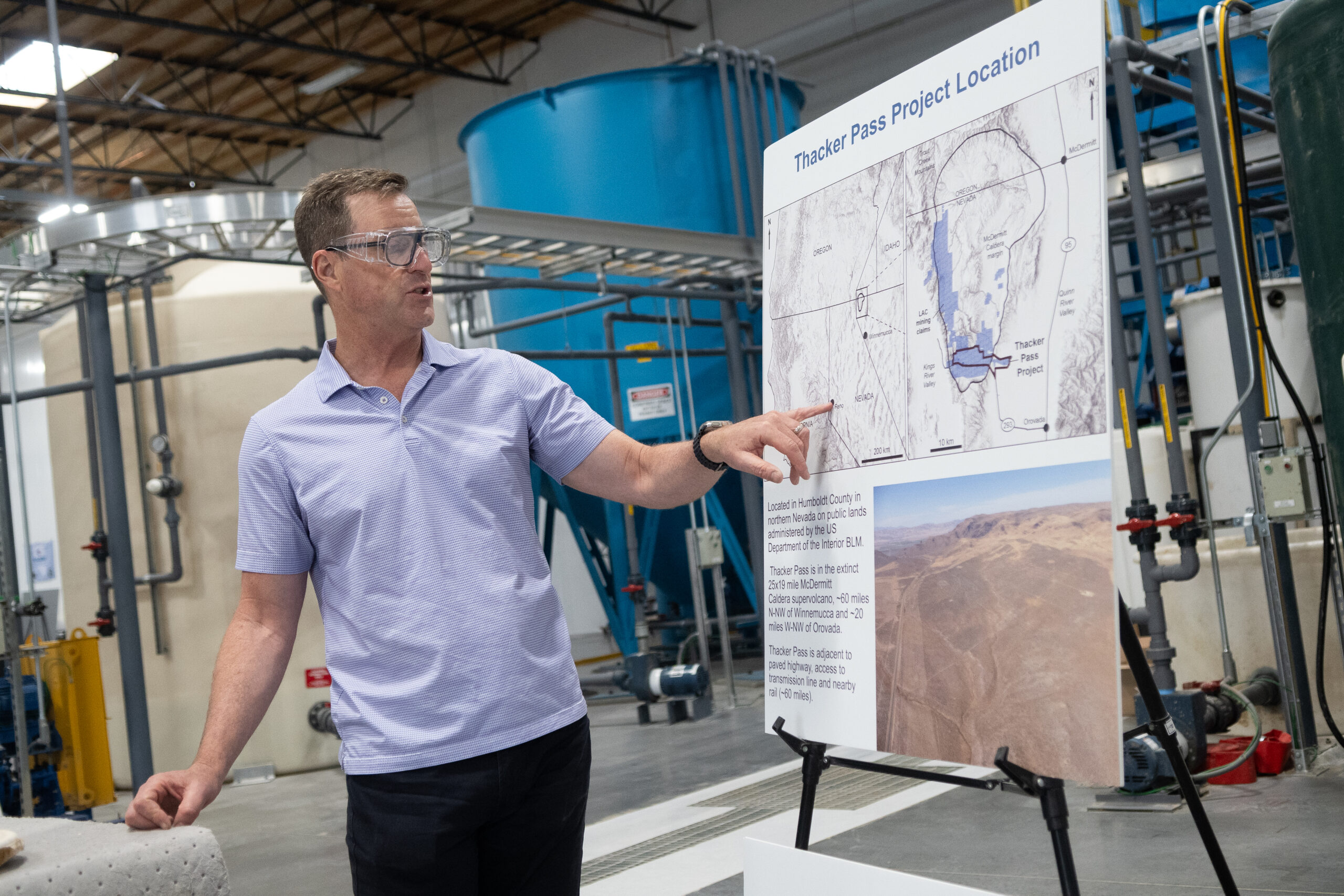
About a month after President Joe Biden signed the Inflation Reduction Act (IRA) — a landmark, multibillion dollar law making the biggest climate investment in American history — Lithium Americas opened the doors to its Reno-based lithium processing facility.
The Canadian company began exploring northwestern Nevada for lithium — the soft, silvery element used to power batteries of electronic goods — nearly 20 years ago. By the time the law was passed in 2022, the company already had been through the federal permitting process to open a lithium mine at Thacker Pass, near the Oregon border.
What it needed was funding; and with the IRA came an opportunity. Among the law’s many provisions was a tenfold expansion of a Department of Energy loan program with a mandate to front the capital required for massive clean-energy projects, including those that could mine and produce lithium batteries.
With an expected $3 billion in capital costs, Lithium Americas applied for funding. This March, the Department of Energy announced a conditional commitment of $2.26 billion to fund the construction of an on-site lithium carbonate processing plant.
The company expects to close on the loan soon (in advance of the 2024 election) and get to work. With a project-labor agreement already in place, Lithium Americas’ goal is to open its mine in 2027.
And therein lies the promise — and the problem — for Democrats.
The IRA has undoubtedly been a boon for Nevada, bringing in unprecedented federal dollars, spurring private investment and creating jobs.
But with the landmark law hitting its two-year anniversary this August, the gap between its passage and tangible results — such as the opening of the Thacker Pass mine — could be its undoing. Republicans have threatened to revoke many of the law’s provisions if they take control of government, halting progress before it even begins.
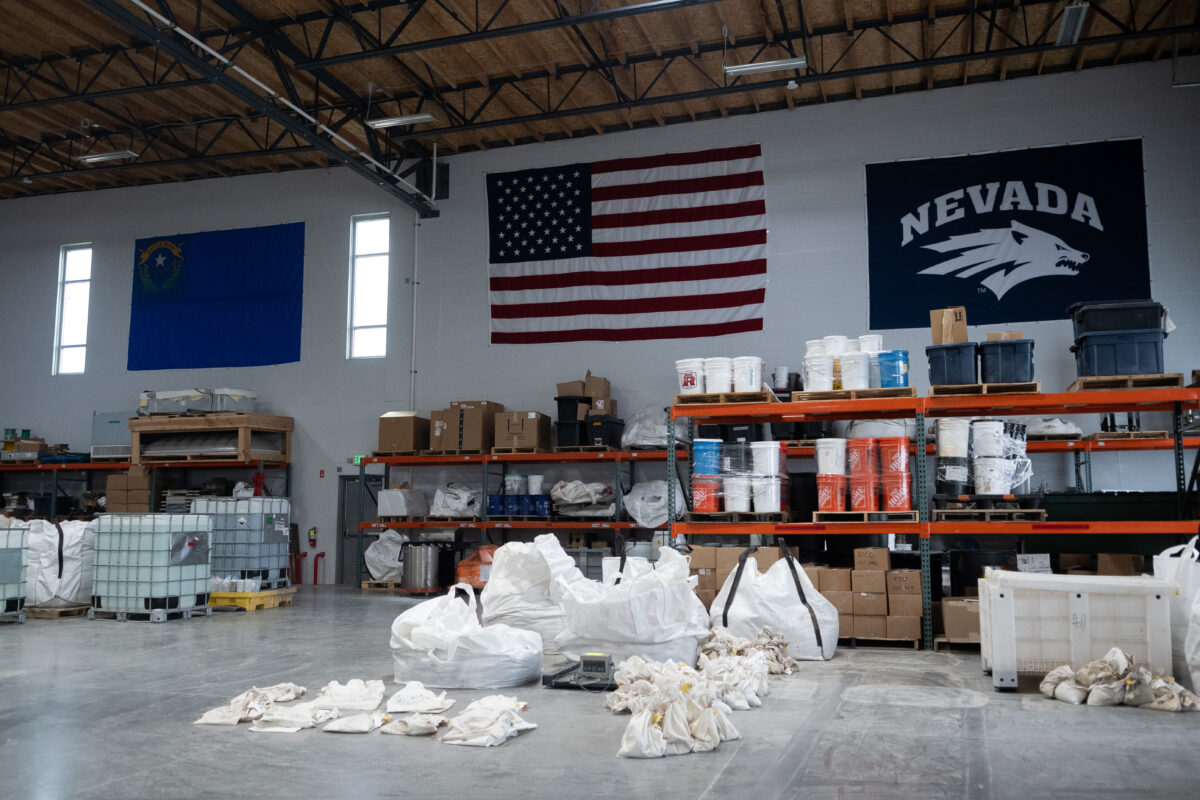
“We have all these burgeoning industries getting ready to just take off and totally transform Nevada,” said Rob Benner, the secretary-treasurer of the Building and Construction Trades Council of Northern Nevada, the union that has already secured a project-labor agreement to do construction for Lithium Americas. “That could all stop, and then we're back to square one, where we’re not getting the assistance from the federal government.”
In interviews, more than a dozen industry players, lawmakers and environmental advocates touted the law’s transformational potential and existing impact in Nevada. But the bureaucratic and corporate timelines of the IRA’s funding provisions move much slower than the election cycle.
One industry expert recalled a June interview meeting with Energy Secretary Jennifer Granholm, who put up a chart during a presentation at Truckee Meadows Community College showing the number of projects nationwide that had received funding from the IRA. Many projects would be getting loans from the Department of Energy’s Loan Program Office (LPO) — which the IRA increased funding for exponentially — but were years away from being operational.
"The LPO loan support has been tremendous for electrifying our economy," the expert, granted anonymity to discuss politics candidly, said. "But will the president get credit for it? Maybe not, because these projects are years away from actually producing anything."
‘Extraordinary and game-changing’
When the Inflation Reduction Act passed both chambers of Congress — with no Republican votes and the support of all five Nevada Democrats — it authorized $783 billion in new spending to stimulate clean energy and combat climate change through a combination of tax credits for consumers and companies and new grant programs to fund states, localities and tribes’ clean energy-focused programs.
In Nevada, where an abundance of natural resources and a business-friendly tax code had already attracted companies working in the lithium and solar energy spaces, the IRA has been a boon. Not all states are created equal in the IRA’s eyes — much investment, ironically, has been concentrated in red states across the South, but experts and industry watchers from Reno to Las Vegas to the White House say a perfect storm of factors makes the state poised to capitalize on the IRA.
“Nevada is positioned to own the full finish line when it comes to the shift to clean transportation,” White House climate adviser Ali Zaidi said in an interview.
The lithium battery and solar industries already have a Nevada footprint, from Tesla and Redwood Materials in the north to an array of solar installation companies in the south. An existing union-ready workforce in both parts of the state gives it a leg up to compete for federally funded projects, where prevailing wage standards are baked into the investment formula — particularly in construction.
The IRA’s role has been to provide the economic certainty for companies to conduct business in the state — and in that sense, it’s already proven successful.
“Just looking at these federal investments — the size of the federal investments — in these companies within the lithium supply chain … it's been extraordinary and game changing,” said Caleb Cage, the coordinator of the Nevada Battery Coalition, a lithium industry trade group launched last year with many members who have successfully claimed the tax credits.
The White House estimates that private companies, spurred by IRA incentives, have poured $10 billion into the electric vehicle, battery and clean-power industries in Nevada.
Climate Power, a Democratic-aligned clean-energy advocacy group, estimates that nearly 20,500 clean-energy jobs have been announced in Nevada since the law’s passage two years ago, primarily in the battery sector. Despite being ranked 32nd among the states in population, more clean-energy jobs have been created in Nevada since the IRA’s passage than all but six states, per Climate Power’s analysis.
Projects such as the Unimacts factory — a Las Vegas solar manufacturing facility that hired 80 new people to triple production due to IRA incentives — have come online. NV Energy was able to fund 40 percent of the gross cost of its Reid Gardner Battery Energy Storage System northeast of Las Vegas through the relevant IRA tax credit, Cage said — and pass those savings onto utility customers.
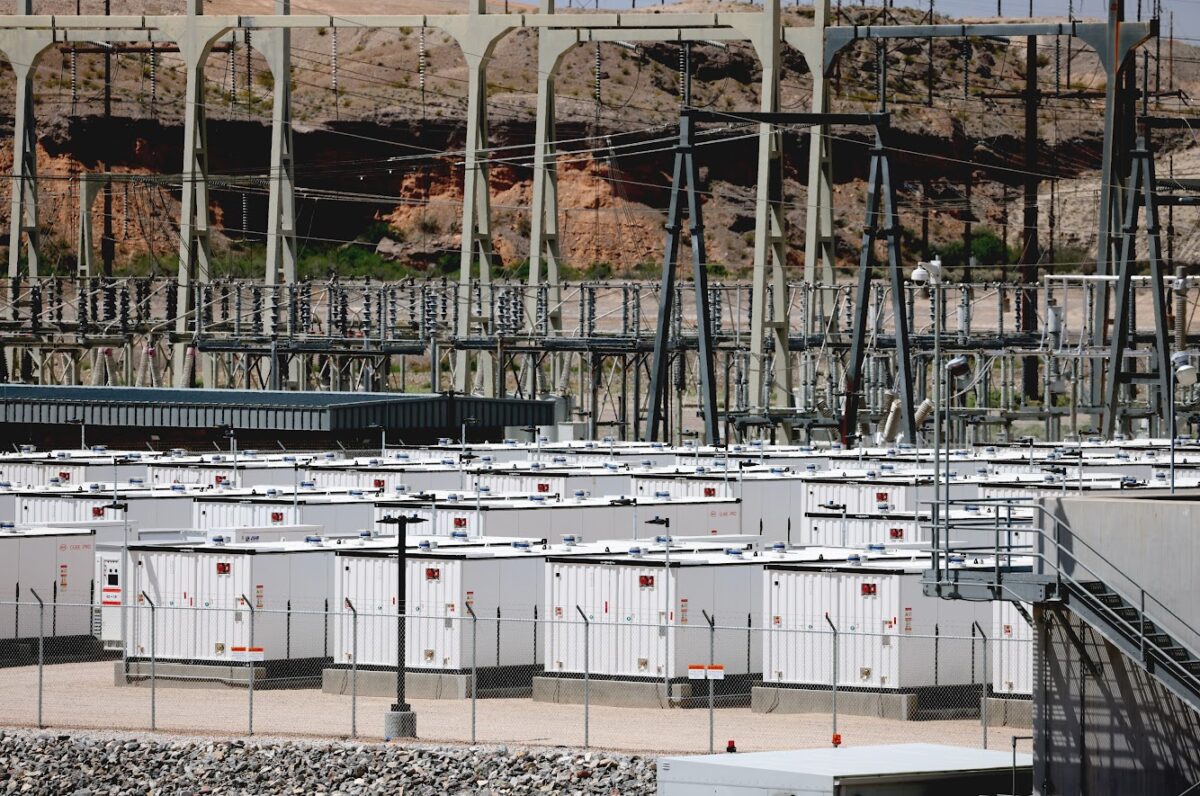
Stephen Hamile, the chief operating officer of SolUp, the state’s largest independently owned solar company, said the IRA has become a raison d’etre for the business.
“It really legitimized the industry,” Hamile said. “Solar was kind of like cryptocurrency — you heard about it, some people adopted it, some people dabbled in it, but a lot of people were afraid of it.”
With IRA tax credits incentivizing solar, there’s now an economic impetus to move toward solar that (especially with high interest rates) did not exist before — and with IRA-funded grants offering solar financial assistance to low-income residents, a burgeoning new market for solar companies and contractors. Hamile said his company has been able to hire more top-quality candidates looking for long-term careers in renewable energy this year than ever before.
Benner said even though many of the IRA funds — including the loans to companies such as Lithium Americas and Redwood Materials — haven’t closed yet, the law has injected a level of certainty into the clean-energy economy in Northern Nevada. From his perspective, that creates a lot of construction jobs for his members — and a need for the level of workforce development and apprenticeships that unions are best equipped to provide.
“Things that have started over the last 10 to 20 years have just been put on steroids,” Benner said. “It's just really been accelerated.”
Timeline
Despite an enormous push between universities, community colleges, industry and governments to begin bringing projects online, many of the law’s biggest impacts won’t be felt until after the 2024 election.
“The full economic and employment benefits from these investments in this industry in our state are yet to be seen,” Cage said. “But I think they will be significant.”
For example, the Nevada Clean Energy Fund (NCEF) is currently working to implement the Solar for All Program, after receiving $156 million in IRA grants to provide education and low-cost or no-cost loans and rebates for rooftop solar for low-income households and multifamily buildings.
The money has been obligated, but the federal government — requiring detailed planning from each state — hasn’t released the money.
Greg Zegas, the NCEF director of investments, expects the money to be available by the end of September — insulating that program from any legislative changes in the next Congress, and giving the agency time to budget out program funds and identify project contractors. But as a five-year program, the move toward solar energy in low-income communities (and any potential bill savings) will largely be felt in the future.
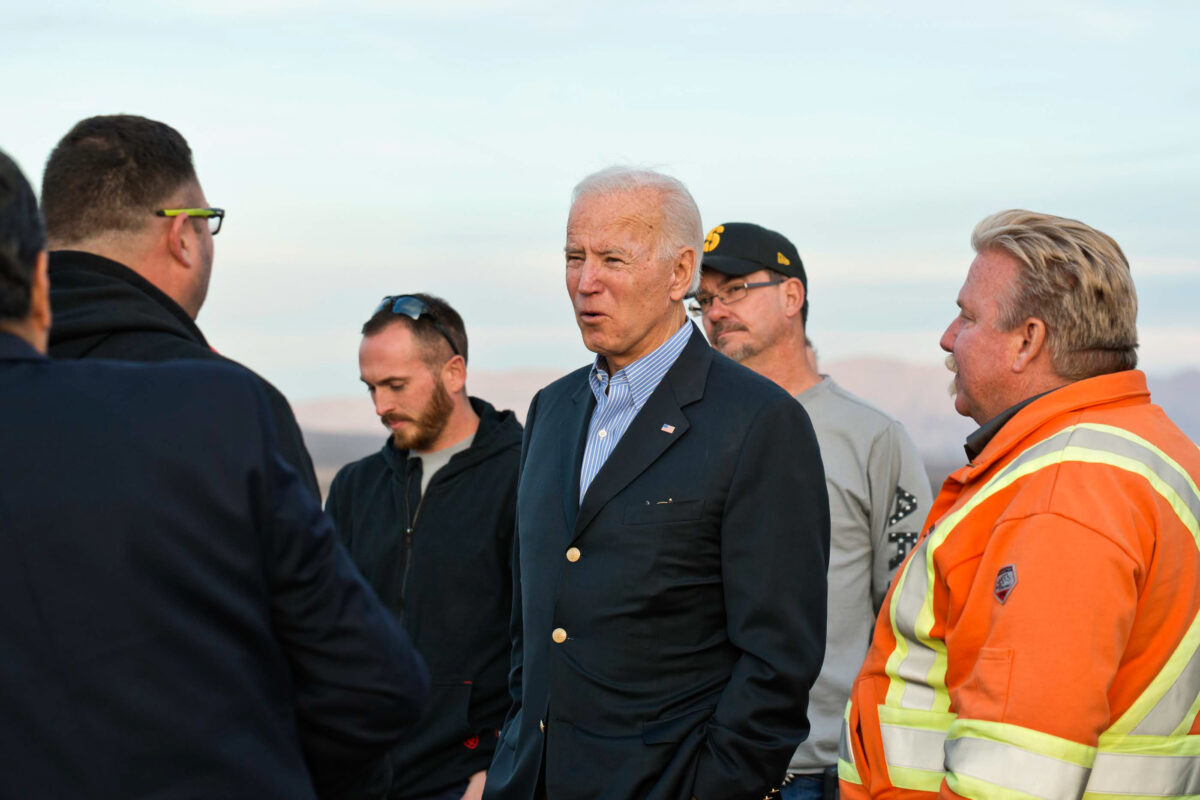
But all of that potential is contingent on the money still being there past this election. The same dilemma is playing out on the county level — there’s plenty of money out there, but the speed at which it can be deployed into communities is running up against the electoral timeline.
Brian Beffort, the Washoe County sustainability manager, has a mandate to ensure the county does not leave any federal money on the table — no small task, he says, because there is so much of it and grant writing takes capacity and staff.
But as he chases down federal funds to electrify the county’s vehicle fleet, build out an electric vehicle charger network, implement community forestry plans and bring solar panels to municipal buildings, many grants have not yet been obligated or are reimbursable, meaning it won’t arrive until the next tax year. The county’s plans are measured in years; the election, of course, is in less than three months.
“That's the glacial speed of government,” Beffort said. “It takes time to apply for these grants, [and for] the decision making for them to go through.”
Is Nevada ready?
Everyone from industry leaders to labor to politicians agree — the key to Nevada unlocking the potential of the IRA lies in its ability to conduct sustainable workforce development, long a policy goal in a state still heavily dependent on gambling and hospitality. Skilled workers are needed to do rooftop solar installations; workers need to be trained on clean-energy systems eligible for IRA tax credits such as heat pumps and other energy-efficiency technology.
Nevada’s clean-energy industry is clearly growing — the Department of Energy’s annual employment report found that Nevada had the second-highest growth rate for energy-efficiency jobs between 2022 and 2023, at nearly 7 percent, and the state increased its overall clean energy jobs total by nearly 4 percent.
But the industry remains small — less than 3 percent of the state’s total jobs in 2023, per data from DOE and the state. Forty-one percent of employers across the energy sector reported difficulty hiring — a significant percentage, but good for 12th lowest among states.
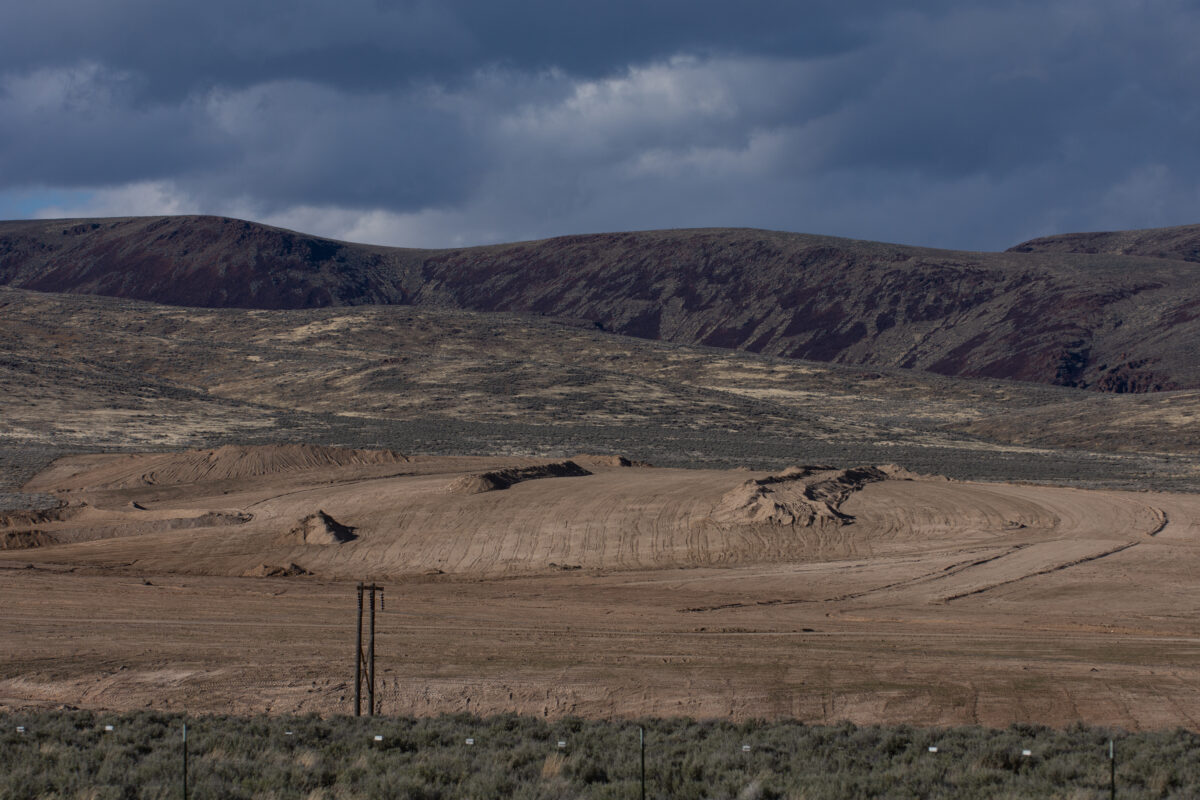
Beyond the typical challenges of lower educational levels and a transient population, Nevada faces workforce development challenges amid the rush of new technologies in the battery recycling sector, where Nevada companies such as Redwood Materials and American Battery Technology Company — IRA loan beneficiaries — are pioneering the process. Cage compared training the workforce for the lithium battery industry to “building an airplane in flight.”
And the majority of the job growth in each clean sector DOE measured came in construction — illuminating that much of the state’s new clean-energy projects are in an incipient phase.
“Everybody in this landscape in Nevada realizes that in order for Nevada to fully take advantage of all these federal funds, there has to be a larger workforce,” said Zegas. “Whether it's solar or home energy upgrades, like heat pumps, there needs to be a sort of rising of the tide.”
But the tide takes time. In Southern Nevada, for example, Perry Ursem, the senior vice president of business development for the Las Vegas Global Economic Alliance, said he expects it will take two to three years to set up and begin graduating workers through an education pipeline for jobs in the lithium battery sector “just because we don't have a depth of industry,” he said.
So what is the state doing about it?
Gov. Joe Lombardo, a Republican, has made a point to show up at federal clean-energy events including Redwood Materials’ loan announcement, to hit on an electoral theme of his — that Nevada is open for business. To fully live up to that credo, the administration understands that it needs to prepare and train the right workforce to take those jobs of the future.
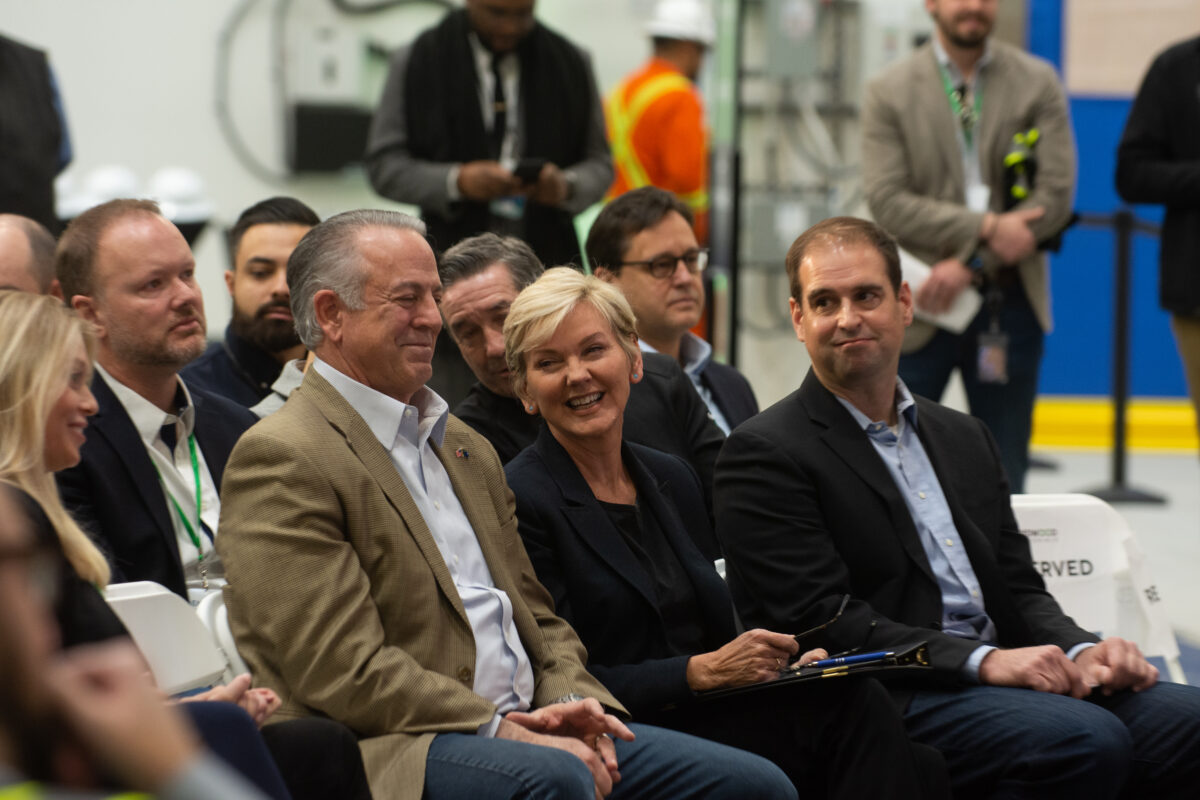
“The energy industry is growing,” Dwayne McClinton, the director of the Governor’s Office of Energy, said in an interview. “We must have the workforce to support the growing energy industry needs.”
Still, Lombardo’s administration has neither embraced the ideological opposition to clean energy that has taken root in parts of the Republican Party nor the enthusiastic embrace of emissions targets championed by his Democratic predecessor.
Lombardo and McClinton have advocated for an “all-of-the-above” energy approach. While that language is common among climate-conscious Republicans, Nevada has little to no oil and produces relatively small amounts of natural gas, importing much of its fuel from California. What it does have is significant amounts of solar, geothermal and other noncombustible renewable-energy sources. To that end, the state has continued to apply for federal grants, and McClinton says the office’s objective is to “leave no money on the table.”
“The goal is the same — to decarbonize at the end of the day,” McClinton said. “We're taking steps to decarbonize. I think it just [has] to be a realistic, holistic and a sensible approach to that.”
McClinton described a two-pronged approach of chasing federal funds and using policy to attract clean-energy developers and manufacturers. Nevada’s generous state tax abatements — which incentivized companies such as Tesla to set up shop in Northern Nevada — are a prime example.
But clean-energy advocates say more is needed at the state level to unleash the full potential of federal investments. The IRA was passed months before Lombardo was elected over then-Gov. Steve Sisolak (D), who had set up much of the state executive infrastructure around climate. And advocates were less than pleased with the governor’s long-anticipated state climate plan, which advocated for embracing electrification and natural gas and wanting Nevada to become a clean-energy economic engine without much specificity on how to get there.
“I don't feel like the Lombardo administration is blocking anything,” said Jarrett Clark, an organizer with progressive organization For Our Future Fund Nevada, which focuses on climate. “But I don't think they're doing anything to speed it along.”
Those working in clean energy described McClinton as a mostly willing partner who embraces renewable energy, but several said the Lombardo administration’s approach toward electrification is noticeably more hesitant than Sisolak’s.
There’s a natural learning curve to an administration staffed with new employees — and a lack of staff capacity compared to blue state peers — that advocates say has made Nevada a less helpful partner to municipalities than leaders such as California and Colorado.
“We need more capacity to roll it out faster,” Beffort with Washoe County said. “[We’re] still waiting for them to roll out some of their incentives — but I have other things to work on until that happens.”
To that end, while Nevada has excelled in some grant competitions, such as bringing home the most funding per capita in Solar for All, it has missed out on other opportunities, such as funding to build out electric vehicle charging networks — one of just 15 states to receive no awards — and an implementation grant for community-oriented climate solutions. Just the size of the GOE tells a story; the Nevada office has 11 employees, compared to Colorado’s 81 or Oregon’s 105.
But industry players also said the business-friendly climate in Nevada, including the tax abatements, give the state a significant leg up versus more overtly climate-oriented states in the West, especially should elements of the IRA disappear under GOP control of Congress.
Questions about how Nevada can best take advantage of the IRA — and where politicians fall on it — will likely come up at the Legislature in 2025, where solar advocates are hoping to rework Nevada law around rooftop solar and net metering to better include low-income communities.
“The IRA is phenomenal — it truly is,” Hamile with SolUp said. “But it's based on state adoption, and some states are much more restrictive that really don't allow us to take advantage of the IRA — especially here [in Nevada].”
The electoral connection
For elected officials, environmental advocates and other Democratic allies, the mission this fall is to convince voters to support a clean-energy agenda they may not yet feel but promises to have massive ramifications for jobs and energy prices — if it remains intact.
It involves trying to convince voters of a double counterfactual: if Republicans take office, they will remove provisions of a law that voters likely don’t know about and won’t feel the full effect before November.
Clark and his For Our Future Fund Nevada colleague Madison McGrath said that in door-knocking, voters are typically aware of the health care and economic portions of the Inflation Reduction Act — such as the cap on the price of insulin for seniors — but often have not heard of the clean-energy provisions.
So, they’ve rebranded their pitch entirely, referring to “President Biden’s clean-energy plan” rather than the law itself and making an economic appeal to voters about their high energy bills. Clark said he’ll often tell voters that even if they’re not ready to replace their washing machine or dishwasher just yet, they’ll want the IRA tax credits available to them to get energy-efficient appliances a few years down the line.
“[The] message that we're trying to really impress upon voters is you might not be feeling this right now, because those things take time, [and] it's a lot of money, and it doesn't just, unfortunately, show up as a wire transfer to your account,” Clark said. “But if you want it to be there even in just two years, we need to protect the progress that we made.”
At the consumer level, the White House estimates more than $96 million is available in home energy rebates to Nevadans to replace appliances with energy-efficiency models, add solar panels and weatherize. Through tax filings, the Treasury Department found that between 44,000 families in the state, Nevadans claimed over $137 million in IRA clean energy tax credits in 2023.
McGrath said it’s critical to do voter education on who voted for the clean-energy incentives — which in Northern Nevada, means reminding voters that Sen. Jacky Rosen (D-NV) was a yes while Rep. Mark Amodei (R-NV) was a no.
Amodei — whose district has been among the law’s biggest beneficiaries — has been put in a tricky spot by the IRA. While he’s maintained that his “no” vote on the 2022 legislation was based on serious issues with the structure of the bill and its level of spending, he was one of 18 House Republicans to write to Speaker Mike Johnson (R-LA) urging him to leave the law’s tax credits in place if Republicans get a government trifecta come 2025.
The letter is an acknowledgment of the investment and jobs the credits have brought to Republican districts and a warning that Republicans are indeed planning to target them — House Republicans’ 2025 budget includes a provision to repeal $250 billion worth of IRA clean-energy spending. Every Republican in Congress voted against the bill, criticizing the price tag, decrying an energy strategy that favors renewables and claiming it could raise energy prices and even benefit China.
Former President Donald Trump himself has railed against clean energy and promised to “terminate … all new spending grants and giveaways … like the so-called Inflation Reduction Act.” And Project 2025, the conservative policy framework created by Trump allies, pledges to eliminate IRA-created clean-energy tax credits.
But the jobs benefits accruing in red districts such as Amodei’s creates at least some Republican constituency for leaving the law intact — their letter said a full repeal would “create a worst-case scenario where we would have spent billions of taxpayer dollars and received next to nothing in return.”
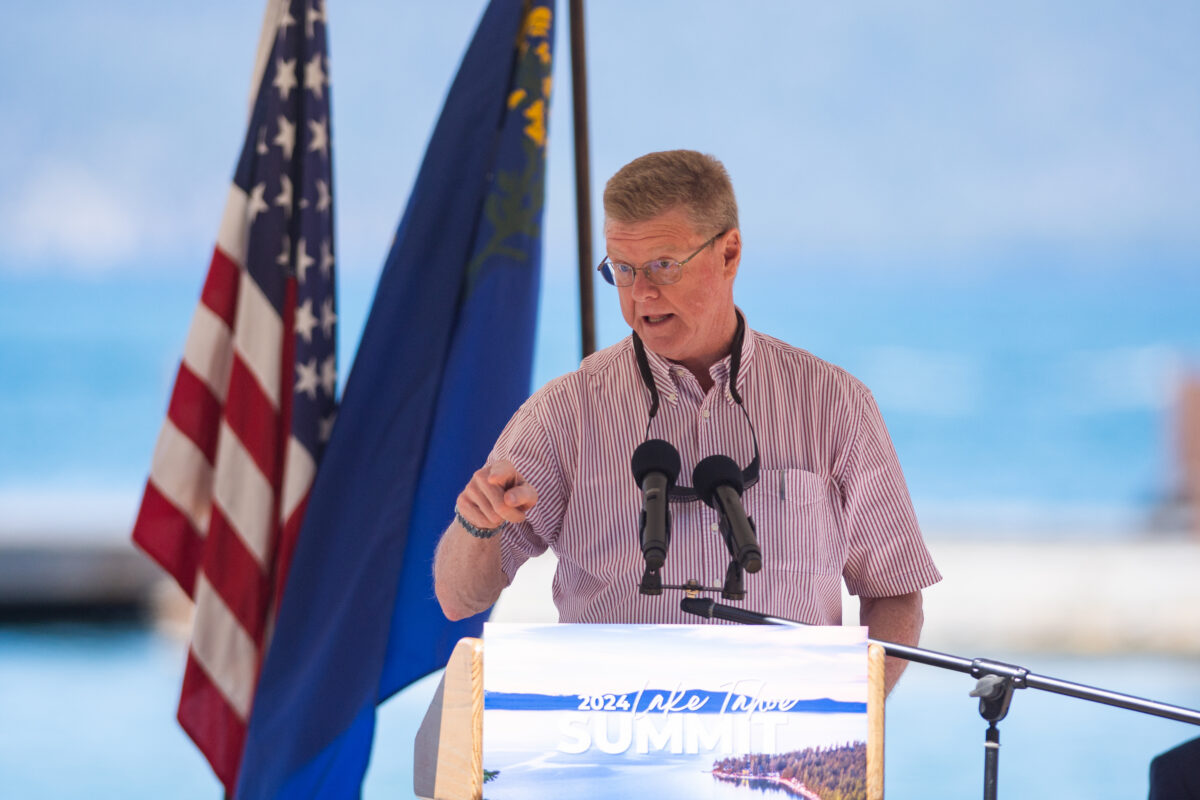
In Southern Nevada, organizers are working with the International Brotherhood of Electrical Workers and the building trades to make an economic development pitch to voters — particularly those who have been burned before by Las Vegas’ fragile, tourism-based economy.
“These are good things, union jobs, jobs that can sustain a family, as opposed to cobbling together a living off of two or three,” Clark said. “We're trying to make that pitch that these are stable jobs that aren't subject as much to the fluctuations in our market.”
For Benner, union member education and political mobilization go hand-in-hand. He plans to counteract messaging that union members see on social media and inform people who may not know which party authorized the funding for the clean-energy projects they’re working on.
“All these investments that you know are creating the jobs that you're working on have the potential of going bye-bye,” Benner said. “That’s the big one this cycle.”
In a state — and a country — where the presidential and congressional elections will be decided by a handful of swing voters, the fate of the IRA could lie in Democrats’ ability to convince those voters of its transformational power.
But it hasn’t proven as powerful a message as abortion or drug pricing for Democrats. Republican-aligned organizations have aired ads attacking Sen. Jacky Rosen (D-NV) on gas prices and support for electric vehicles — Rosen has talked about bringing funding for workforce development in her ads, but has not mentioned clean energy yet.
It’s a dynamic the White House is acutely aware of. While Zaidi noted the progress of job creation, new construction, enormous clean-energy capacity added to the grid and the presence of tax credit-eligible appliances and vehicles from Home Depot to car dealerships, he knows unlocking the IRA’s potential will take years. It’s why the tax credits were made to last 10 years in the first place — and why the possibility of repeal remains stressful to industry figures and advocates alike.
“Winning the clean-energy future is a long game,” Zaidi said. “We can either lean into a massive economic opportunity for our workers and communities, or we can pull the rug out from under them.”
